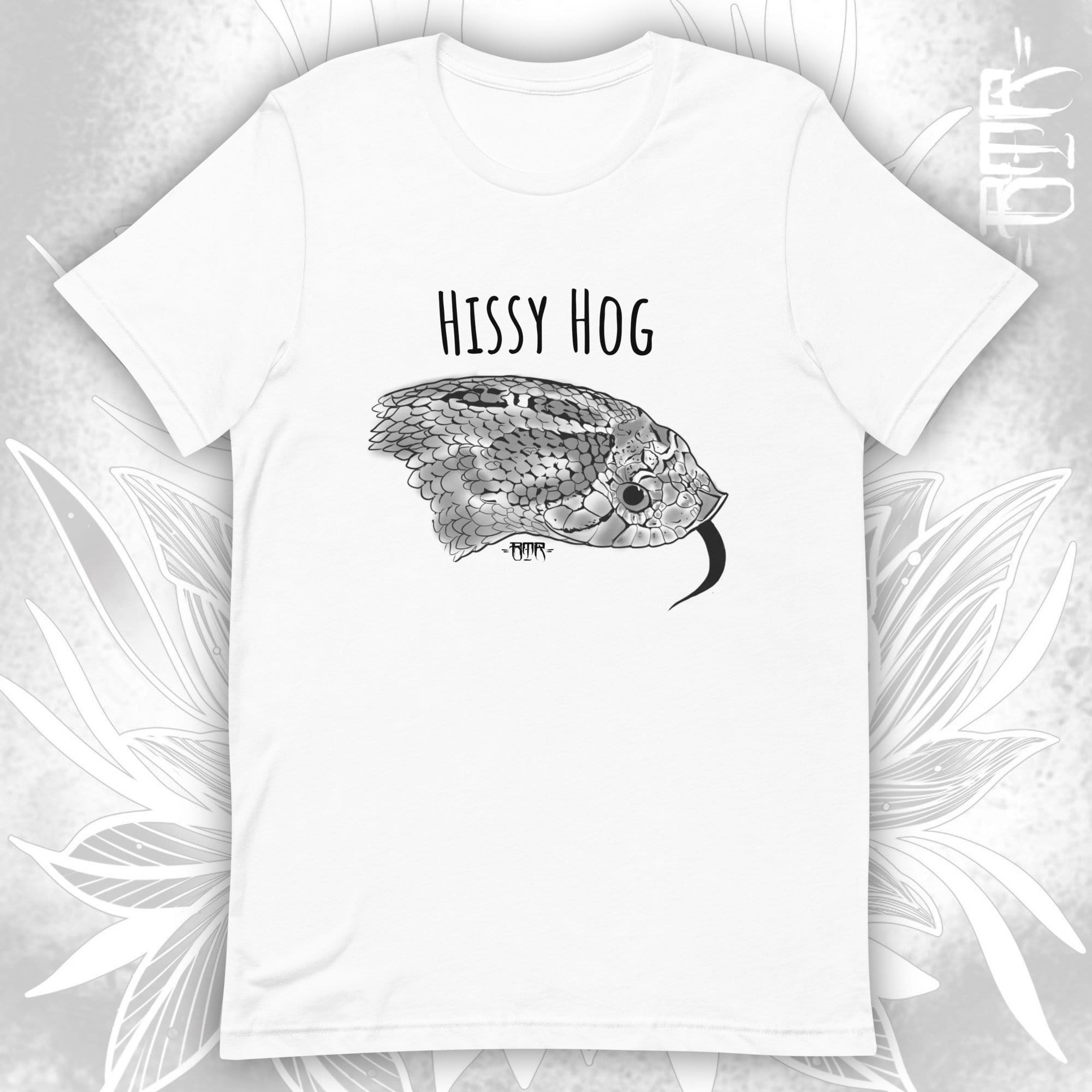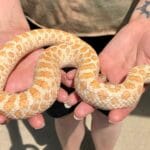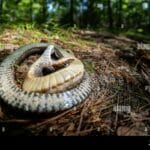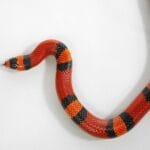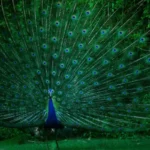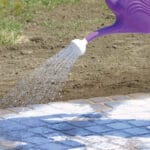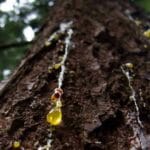Hognose snakes, with their upturned noses and dramatic flair, are captivating reptile enthusiasts. But before welcoming one into your home, understanding their dietary needs is paramount. This comprehensive guide dives deep into the world of the hognose snake diet, covering everything from their wild prey to essential captive care tips. Whether you’re a seasoned herpetologist or a curious beginner, this guide will equip you with the knowledge to keep your hognose healthy and thriving.
What Does a Hognose Snake Eat?
Decoding the Wild Hognose Diet
In their natural habitats, hognose snakes exhibit a fascinating dietary preference for amphibians. Toads, in particular, frequently top their menu, a testament to their remarkable resistance to toad toxins. This adaptation provides them with a distinct advantage in the wild, allowing them to exploit a food source often avoided by other predators. While amphibians are their preferred prey, hognose snakes are opportunistic feeders. They may also consume lizards, small turtles, reptile eggs, and even carrion when available. This dietary flexibility likely contributes to their survival in diverse environments. Interestingly, young hognose snakes, or hatchlings, often start their lives feasting on insects, probably due to their smaller size and ease of capture. As they grow, they transition to their amphibian-heavy adult diet.
The Captive Hognose Diet: Rodents Take Center Stage
For hognose snakes kept in captivity, rodents, specifically mice and appropriately sized rats, constitute the primary food source. This shift is largely due to practicality and ethical considerations. Rodents are readily available from reputable suppliers, offer a balanced nutritional profile, and are significantly easier to manage than consistently sourcing amphibians. A crucial piece of advice for prospective hognose owners: confirm that your new snake is already accustomed to eating rodents before bringing them home. This pre-transition is vital for minimizing stress and ensuring a smooth dietary adjustment in their new environment. What should I feed my hognose snake?
While replicating a completely wild diet in captivity might seem ideal, ethically and consistently gathering sufficient amphibians can be challenging. For this reason, rodents remain the most practical and responsible choice for feeding captive hognose snakes. It also mitigates the risk of introducing parasites or diseases that might be present in wild-caught prey.
Essential Feeding Tips for Captive Hognose Snakes
Frozen/thawed rodents are generally the preferred option for captive hognose snakes. Ensure the rodent is thoroughly thawed and warmed to room temperature before offering it. Avoid using a microwave for thawing, as this can cook the meat unevenly and potentially burn your snake. Some snakes may prefer their food presented in a lifelike manner. Gently wiggling the thawed rodent with tongs can simulate the movement of live prey and encourage feeding. The Ultimate Hognose Snake Feeding Guide: From Hatchlings to Adults.
How Often Should You Feed a Hognose Snake?
From Hatchlings to Adults: A Feeding Schedule
Just like any animal, individual hognose snakes can have varying appetites. Their age and size are the most reliable indicators of how often they should be fed. Younger, rapidly growing snakes require more frequent meals. A good rule of thumb is to feed juveniles every 5 to 7 days. As they mature and their growth slows, you can reduce the feeding frequency. Adult hognose snakes typically eat every 1 to 2 weeks. Observe your snake for signs of hunger, such as increased activity, frequent tongue flicking, and a general alertness. These behaviors often suggest they are ready for a meal. What to Feed Your Hognose Snake: Diet, Schedule, and Troubleshooting. A word of caution: overfeeding can lead to obesity, which can negatively impact their health and lifespan. It’s always better to slightly underfeed than overfeed. Regularly monitor your snake’s body condition. If they appear overly round or are developing noticeable fat deposits, re-evaluate their feeding schedule.
| Life Stage | Prey | Frequency |
|---|---|---|
| Hatchling | Pinkie mice | Every 5-7 days |
| Juvenile | Fuzzy mice/hoppers | Every 5-7 days |
| Adult | Adult mice/small rats | Every 1-2 weeks |
Addressing the Picky Eater
If your hognose snake is a picky eater, there are a few strategies you can try. Scenting the rodent with toad or frog secretions (if available from a reputable source) might entice them to eat. This can mimic the scent of their natural prey and trigger a feeding response. While not strictly necessary with a complete rodent diet, occasional supplementation with vitamins and minerals can ensure a broad nutrient intake. Consult a veterinarian specializing in reptiles for tailored advice on appropriate supplements. Hognose Snake Feeding Myths Debunked: The Safe and Effective Diet for a Thriving Reptile.
Common Feeding Mistakes and How to Avoid Them
Preventing Dietary Pitfalls
One of the most common mistakes hognose owners make is offering prey that is too large. Always select rodents that are appropriately sized for your snake’s age and girth. Feeding oversized prey can lead to regurgitation, digestive problems, and even injuries to the snake’s digestive tract. Another frequent error is overfeeding. As mentioned earlier, obesity can be detrimental to a hognose snake’s health. Carefully monitor your snake’s body condition and adjust their feeding frequency accordingly.
Debunking Hognose Snake Diet Myths
A persistent misconception is that hognose snakes require toads in their diet to thrive. This is not entirely accurate. While they certainly relish toads in the wild, a well-balanced rodent-based diet in captivity can provide all the necessary nutrients for a healthy life. Ongoing research continually sheds light on hognose snake nutrition. Some studies are exploring the long-term effects of exclusively rodent-based diets compared to those that incorporate other prey items. While the current consensus suggests that rodents are sufficient, future research may reveal more nuanced dietary requirements. Always consult a qualified reptile veterinarian for personalized guidance.
Beyond the Diet: Handling Your Hognose Snake
Do hognose snakes like to be held? Hognose snakes are known for their dramatic displays, which include hissing, flattening their necks (like a cobra), and even feigning death. These are primarily defensive behaviors, not signs of aggression. While they may tolerate handling, they generally don’t actively seek it out. Gentle, regular handling can help them acclimate to human interaction, but always respect their boundaries.
Understanding Hognose Snake Venom
How venomous are hognose snakes? Hognose snakes are venomous, but their venom is generally mild and poses little threat to humans. Their venom is primarily designed to subdue their prey, not for defense. Bites are rare and typically only occur if they feel threatened.
Expanding Your Reptile Knowledge
Interested in other fascinating creatures? Learn about the vibrant gooty tarantula or the gentle giant that is the great pyrenees bernese mix.
By understanding the intricacies of the hognose snake diet, both in their natural habitat and under human care, you can ensure these fascinating reptiles thrive under your care. Remember, providing a proper diet is a cornerstone of responsible reptile ownership.
- Judge Paige Reese Whitaker: Balancing Accountability and Individualized Justice in Georgia’s Courts - November 24, 2024
- Dusty Deevers: From the Pulpit to Oklahoma Politics - November 24, 2024
- Frank Milstead’s Maricopa County Sheriff Bid: Scrutiny Over Past Controversies and Law Enforcement Record - November 24, 2024
